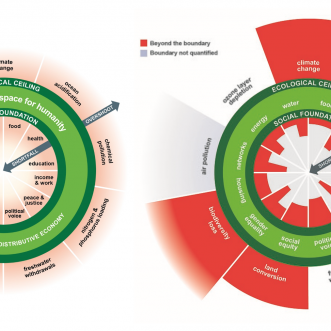February 1, 2021
I’ve met hundreds of small business owners, but I’ve yet to meet one who set out to be a Boss. Or at least a Boss of more than one person.
We embrace the challenge of starting a business, of finding customers, but we become Bosses reluctantly, sometimes half-heartedly, not always effectively.
Sometimes the experience of being the Boss of other people is so painful we joyfully go back to being the Boss of just ourself.
The trouble with that of course, is that the potential to create ever more value disappears along with the role we dislike so much.
There is another way to disappear as a Boss.
Instead of walking away, make yourself blend in. Enable your people to act more like Bosses, more like you.
After that it’s the more the merrier.
If you’d like to learn more about how, there’s a little welcome treat from me: Sign up for The Disappearing Boss Newsletter









